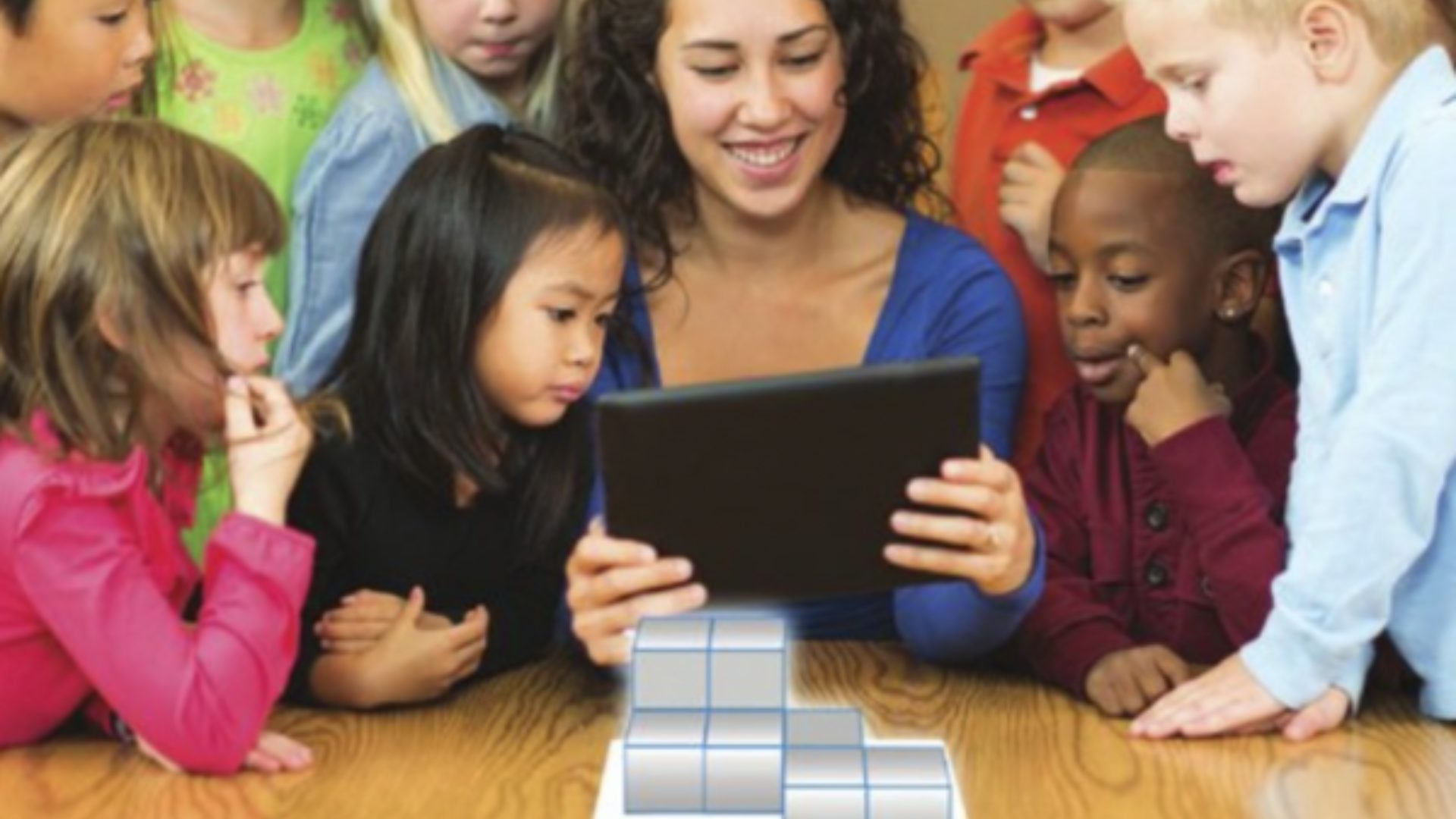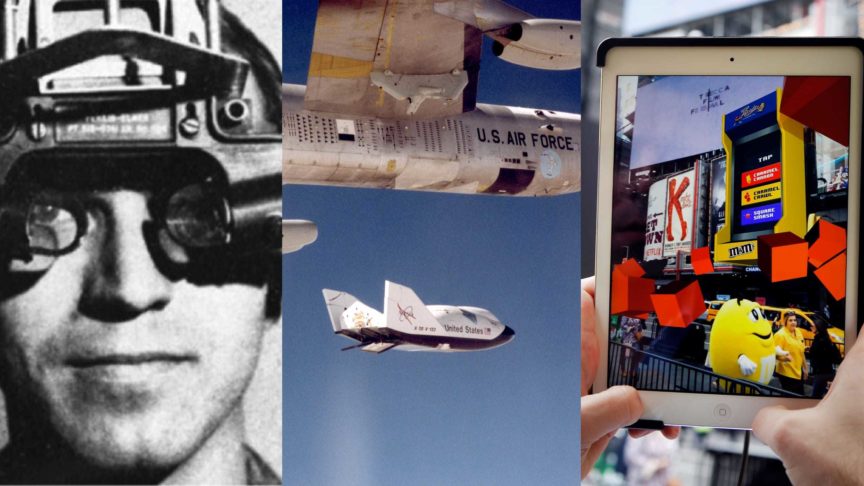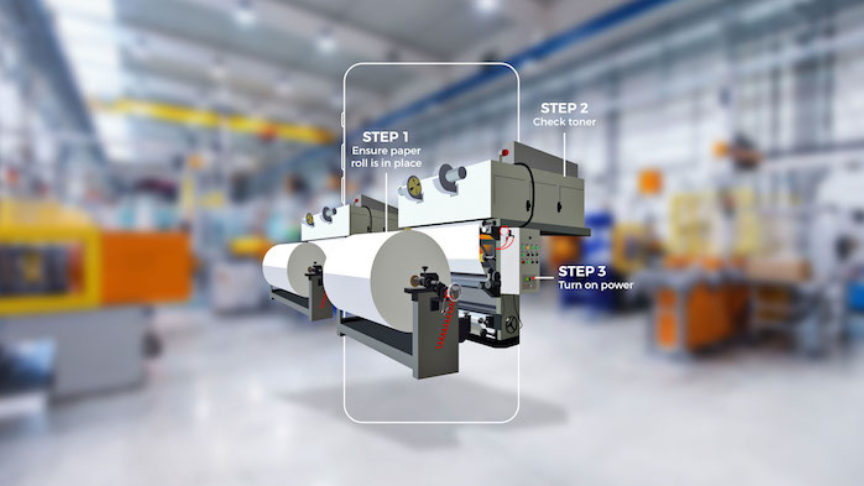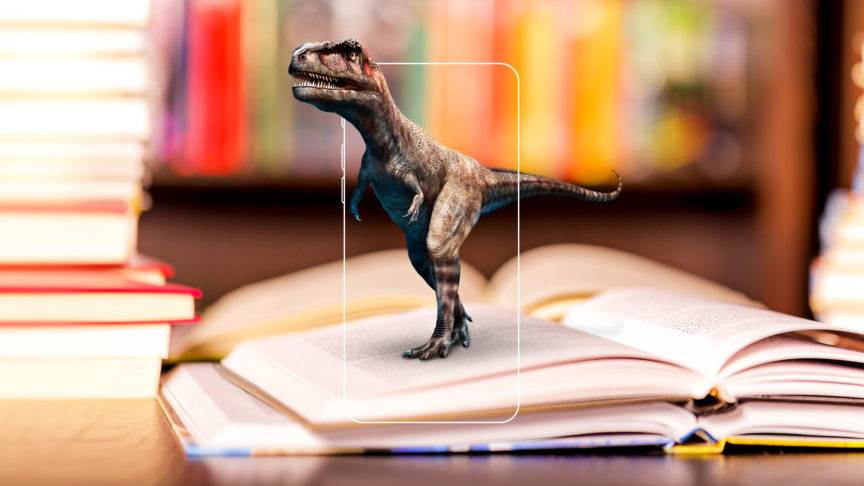What are educators’ perspectives on augmented reality as a learning tool?
May 14, 2015
What are educators’ perspectives on augmented reality as a learning tool?

Several months after the successful launch of Blippar's Education strategy, Blippar's Education Community Manager Stephen O’ Mahony shares some of the team's learnings.
When Blippar launched an initiative to apply its technology and expertise to the education industry earlier this year, it represented a new venture for the company. To ensure our strategy reflects the unique needs of educators, we’ve adopted a culture of research and participation in our approach to the market. In this spirit, we’d like to share some of our learnings so far.
At Blippar, we empower educators to enhance their learning environments through the creation of interactive augmented reality (AR) and image-recognition content. As such, it’s important for us to understand what it is about our technology that educators value in an educational context. So far, three main findings have emerged.
1. Empowering students to create for themselves
What has become clear from speaking to educators is the importance they place on the autonomy afforded to students to self-create. While Blippar’s platform allows every teacher to create enhanced AR-learning materials, the real value may ultimately lie in putting the creativity onus on the students themselves. A familiar axiom in education is that having students write their own notes improves their retention of information; having students create their own interactive learning material may prove to be an evolutionary extension of this principle. As US Secretary of Education Arne Duncan writes in his article ‘What can technology do for tomorrow’s children?’: ‘Students aren’t vessels to be filled with facts. And educators aren’t simply transmitters of information.’
But student empowerment does not encompass only content-creation, at least as far as our educator community defines the concept. The capacity of students to reflect on the work they have created is a further benefit identified by educators. Their students can take a multimodal approach to reflecting on the work they have created and communicating it to their audience of teachers, parents and peers; they can express themselves through text annotations, an audio snippet, or even through video.
2. Making learning concrete
At Blippar, we want to make learning unforgettable, and our educators are embodying this vision through their use of AR in the classroom. They see AR as a means of adding tangible qualities to abstract concepts in order to make them easier for students to understand. In education vernacular this bears relation to concrete learning, which emphasises practical, hands-on experience as a key feature of a student’s learning, complementing the cerebral demands of abstract learning. AR promotes diverse sensory engagement – one can see images, listen to soundscapes, and manipulate virtual models related to any given subject matter – offering students something close to first-hand experience of the phenomenon being studied.
3. The importance of formative assessment
A challenge facing every educator is the delivery of content to students who learn at different paces. As a lecturer, this was something I often faced; in a classroom of 70 or 80 students, discrepancies in achievement level are inevitable. Formative assessment is an umbrella term describing techniques by which educators continually evaluate important learning metrics during a lesson – level of student comprehension, learning needs, and so on – and make adjustments to their teaching accordingly. These attributes have prompted many to suggest that formative assessment is a means of closing such achievement gaps.
The concept of formative assessment is built on the teacher being informed about the learning progress of the classroom. Our education community has identified this as a key area to which they would like to see our technology applied. Teachers imagine using AR to develop a more intimate understanding of each individual student’s participation, degree of comprehension, and so on. On the Education team we share this vision, and I’m excited to announce that we are developing a platform that will meet those needs. Watch this space!
As Blippar’s Education initiative grows we will continue to develop our relationship with our widening community of educators; their insight is key as we continue to refine our platform to make it an invaluable learning tool. If you are an educator and would like to adopt Blippar in your classroom, get in touch with us at education@blippar.com.


